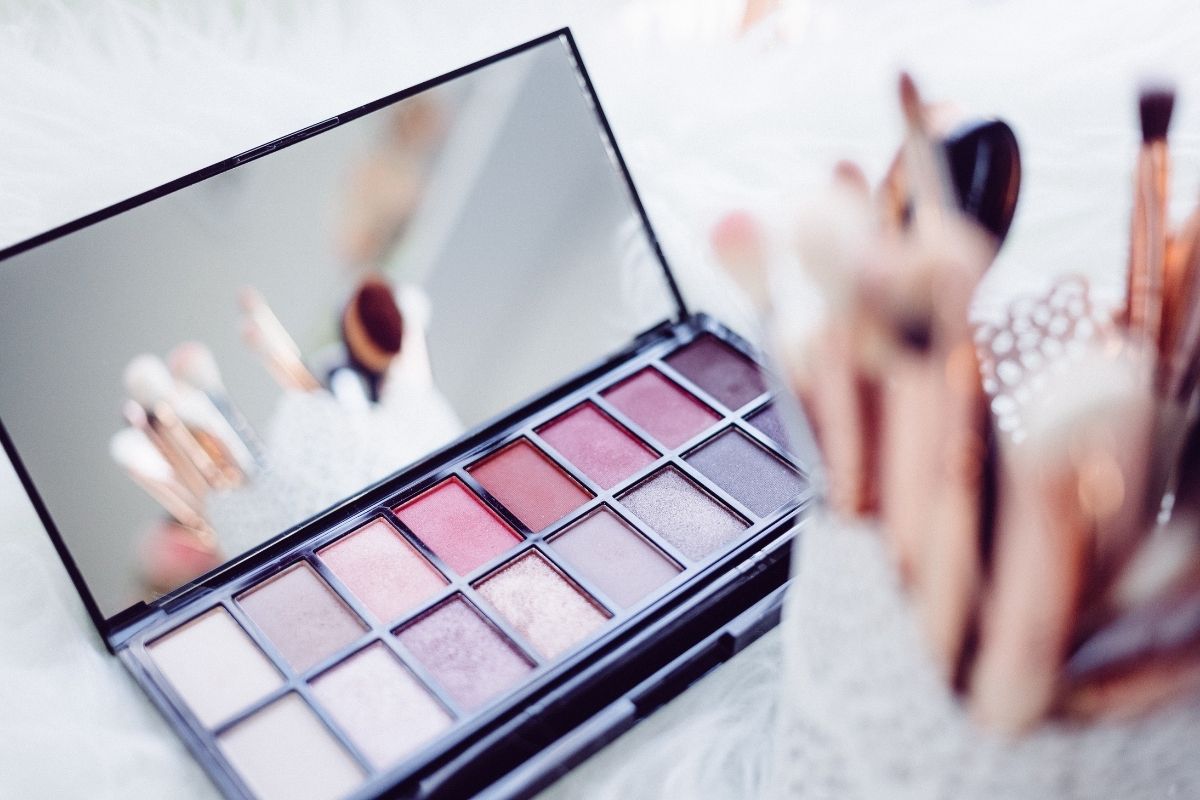The Fragrance Industry: Introduction to the Industry
We fragrance everything from perfume to bath and body products, cleaning products, household products, and home fragrances.
We may not realize it, but all products have a base odor. Fragrance is then used to either mask or neutralize a scent, or to add something new to the product.
The addition of fragrance is used to enhance the experience of consumers and meet their needs or demands. Specific fragrances can target specific consumers. It’s often cultural and demographic tastes that dictate what we gravitate towards. We tend to look towards what we’re familiar with.
The generations also provide different tastes and influences. Socio and economic factors can change the trends in architecture and colors. Fragrances really mirror those trends. For example, younger generations prefer fruity fragrances, while older generations may have grown up with floral, green, powder, or heavier scents.
Another example is that American cleaning products are fragranced with pine and citrus notes, while Latin American cleaning products are fragranced with lavender. Baby products in the US use powdery notes, while in Europe orange flower and citrus notes are used for baby products.
We’re also drawn to fragrances that make us feel positive emotions like feeling special, powerful, confident, sexy, successful, clean, energized, or relaxed. Sometimes we select a fragrance based on the mood that we’re in or the experience that we’re going to have for the day. Citrus notes, for example, are energizing notes and make us feel fresh and clean. Heady floral fragrances in ambers and woods can make us feel sexy or feminine. And in the workplace, we might want to choose a fragrance that is not too intrusive or distracting but makes us feel confident.
In a competitive environment, fragrance can really make or break the viability and success of any given product. If you don’t like the way something smells, it will be hard to purchase it for the second time. Fragrance is the key.


